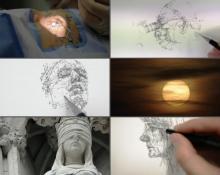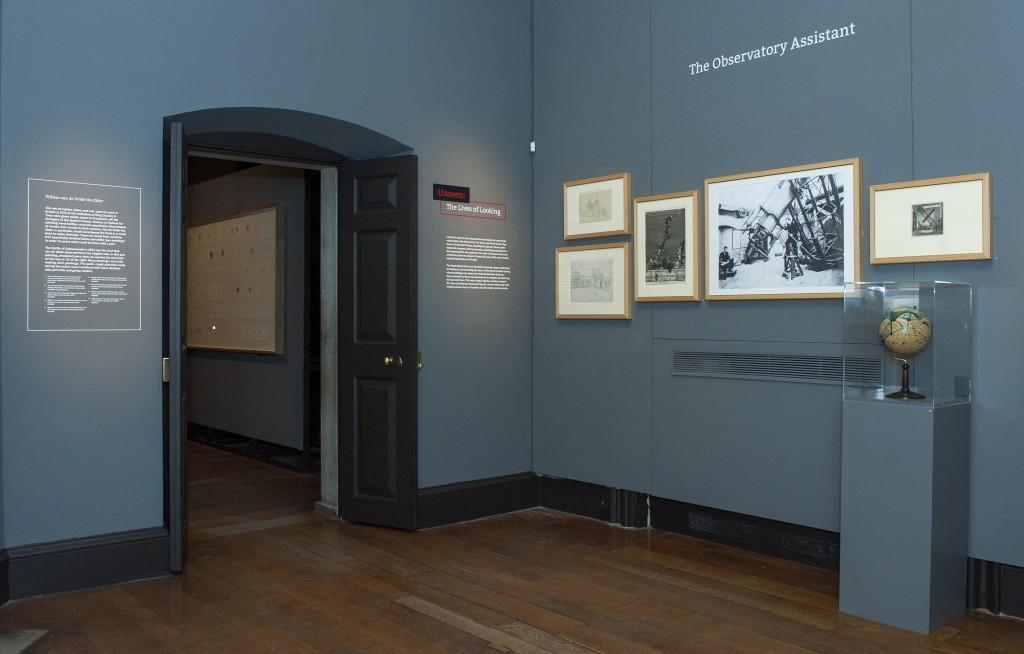15 Jul 2015
Today is #DisabilityStories on Twitter, an international event where we can celebrate the work being done to ensure museums are accessible to all audiences. Later this month we're holding a special British Sign Language interpreted tour of our contemporary art exhibition. We spoke to our curator about the processes behind this and any extra considerations that need to be taken into account for this unique event.
Our contemporary art exhibition Unseen: The Lives of Looking by Dryden Goodwin closes on 26 July. Our last event in the programme will be a special curator tour and film screening with British Sign Language on Saturday 25.
We have worked with Appa to make sure that the event is specially tailored for our deaf audiences, and we learnt some interesting things along the way that have made us think differently about the exhibition and the theme of looking. After all, visual communication is something central to all our lives, which we often overlook. We learnt from Appa that ‘Curator’ is a word rarely used in sign language, so we’ll need a quick introduction about what my role is and what it entails. Likewise, I particularly loved the fact that our signer will invent a new sign for the artist Dryden Goodwin’s name, after she has spelt it out once. She’ll probably create a sign that evokes his drawing style, something that is so visually central to the film. We’re planning to start this tour, unusually, in the third room of the exhibition that introduces the historic figures who tell the history of looking and observing at Greenwich. This will then give us the background against which to introduce Dryden’s work and the participants in the film, and have a look at his drawings and objects, before a signed screening of the film itself.
I’m really looking forward to how this event will get all of us looking differently at the exhibition, and thinking about how we communicate, observe and record.

